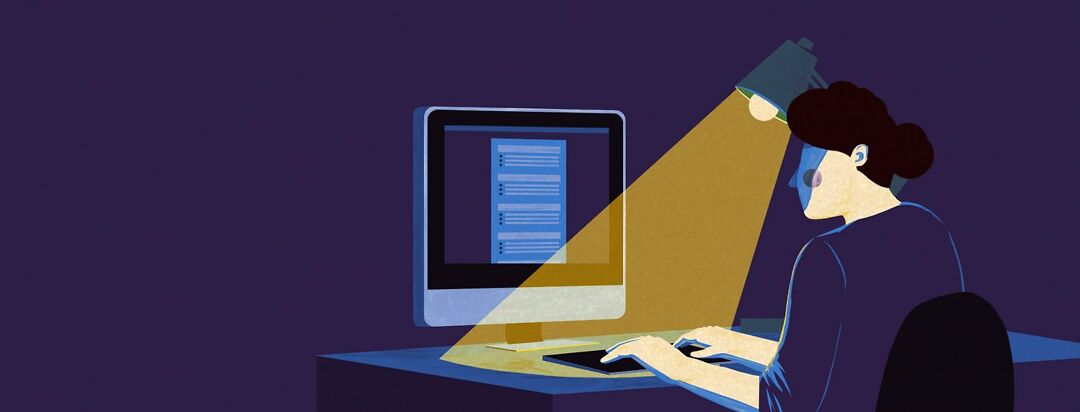Navigating the Transition: Reentering the Workforce with Chronic Migraine
Making the journey back into the workforce after a prolonged hiatus due to chronic migraine disease is a challenge. After navigating the intricate web of Social Security Disability for half a decade, the need to return to work is accompanied by a mix of hope and apprehension. There are complex aspects of reentering the professional arena such as the associated emotions, initiating the job search, and a review of the past job accommodations for chronic migraine.
Why am I returning to the workforce?
In 2017, I lost my job due to my health issues. After a brief period of unemployment, I ended up being approved for Social Security Disability. During this time, I tried to gain control of my health issues with a variety of doctor appointments, medications, and procedures.
After a standard review of my case, the Social Security Administration decided that I could return to the workforce. I appealed their decision, twice, without any luck. At this point, my Social Security Disability payments have ceased and I am in the process of attempting to return to the workforce after my disability gap.
How am I feeling about it?
Embarking on the path back into the workforce after being on Social Security Disability is not simply a professional endeavor; it is an emotional journey.
For me, some of the emotions involved include a lot of fear and anxiety. The fear comes from the possibility of potential setbacks or challenges related to managing chronic migraines while fulfilling work responsibilities. The question becomes can I sustain the demands of a job without compromising my health and well-being?
I am also faced with lingering self-doubt. While I have honed coping mechanisms during my time on disability, the prospect of reentering a competitive job market creates some doubts about my capabilities and ability to meet a new employer's expectations.
On the rare positive emotional side, there is also some hope for an improved future with a new sense of purpose. Returning to the workforce opens new opportunities for personal growth and the ability to provide for myself better financially. A new career will also create a new sense of purpose for the direction of my life.
How did I start my job search?
Once I realized that the job search was a necessity, I reached out to my network of contacts. One of them was my best friend, whom I met through living with chronic migraine. She was able to connect me with another friend of hers who is a career coach. I have been working with the career coach to fine-tune some of my technical things such as my resume, cover letter writing, and my LinkedIn profile. Additionally, I have been blessed that my old supervisors have all agreed to be a reference for me.
What accommodations have I had before?
Before leaving the workforce, I had one company that allowed me to make some reasonable accommodations for my chronic migraine. One of the accommodations we made was to remove some of the overhead lights in my office. I also added a desktop lamp. This meant when I had a bad migraine at work, I could turn the overhead lights off and use my desktop lamp instead.
How will I manage migraine and a career?
While I am still processing some emotions related to this life change, I am doing everything that I can to make it a smooth transition. I will need all my skills and resources to manage my chronic migraine and a full-time career.
Do you have experience returning to the workforce after being on disability or unemployed due to migraine?

Join the conversation